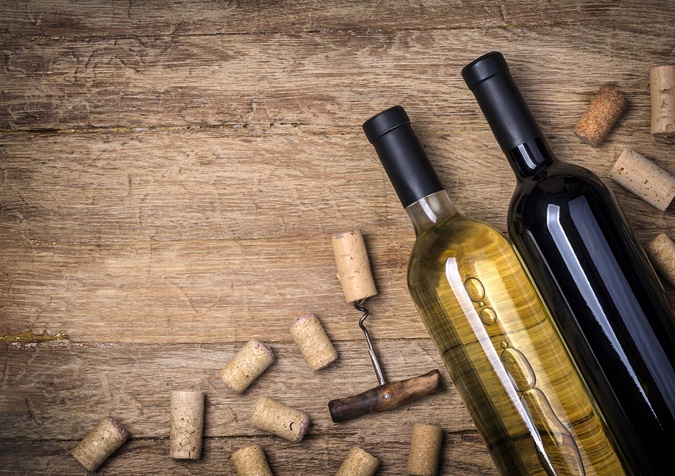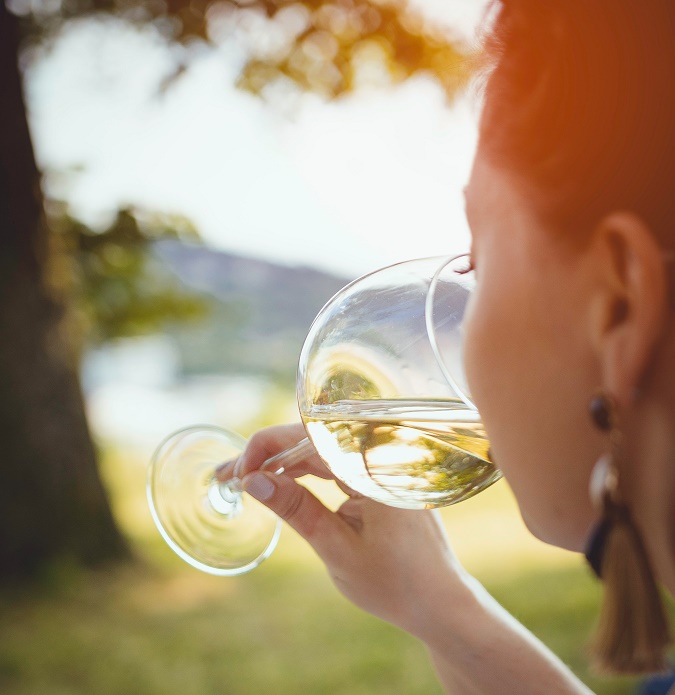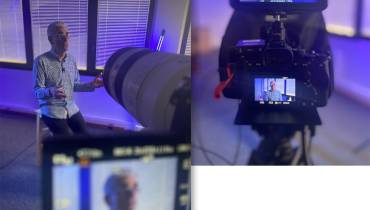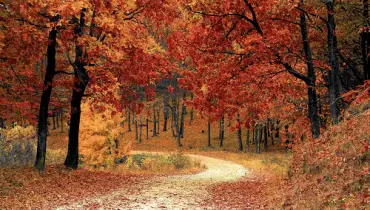Wine Tasting & Appreciation: Things to Know Before Popping That Bottle

Wine has been a staple for a very long time, with archaeologists finding evidence of wine production from as early as 4100 BC. It’s no surprise, therefore, that humans have developed unique cultures and customs surrounding winemaking and drinking.
In contemporary times, wine tasting and appreciation remains to be a strong practice. Like art appreciation, wine appreciation is surrounded by misconceptions and an air of mystery. Casual drinkers and newcomers alike may think that wine appreciation is best left to experts, or will take years to master.
The truth is that anyone can learn how to taste, appreciate, and evaluate wine—it’s a matter of knowing the fundamentals, familiarizing yourself with wine facts and figures, and refining one’s palate.
Common Types of Wine
Wines are made from specially grown wine grapes. Unlike table grapes—the type you can buy from any grocery store—wine grapes are smaller and sweeter, containing seeds within a thick outer skin.
Each kind of wine is created from one or a combination of grapes, taking its name from the region where it is produced.
Typically, wines are separated by color: white and red.
Some of the most common types of red wine include:
- Cabernet Sauvignon
- Pinot Noir
- Syrah
- Zinfandel
- Malbec
- Merlot
For white wine, common types include:
- Chardonnay
- Riesling
- Pinot Grigio
- Sauvignon Blanc

Main Wine Characteristics
Understanding the different characteristics of wine can make you aware of what to observe when sampling it. From there, you can pick out what makes a wine unique, as well as further train your palate.
I. Sweetness
A wine’s sweetness is one of the first things you can taste. If you’ve ever heard of a wine being described as ‘dry,’ it simply means it lacks sweetness.
To identify how sweet a wine is, focus on the sensations on your tongue as you sip. Sweet wines will have a tingling sensation on the tip of the tongue, as well as a slightly oily, lingering sensation in the middle.
Sweetness can also be measured by physical characteristics. When swirled it in the glass, sweeter wines have a delay in the ‘swish’ due to higher viscosity.
II. Body
A wine’s body is essentially its mouthfeel, weight, and texture. It can go from being light (“spritzy”), medium, to full-bodied (“round” or “rich”).
It represents a combination of many aspects in a wine, including grape variety, the region of origin, residual sugar, alcohol by volume (ABV), and method of production.
You can tell a wine’s body by how the taste lingers in the mouth. Typically, higher alcohol content can make a wine rounder, but other factors also affect it.
III. Acidity
Acidity causes wines to have their tart and zesty flavors, which is often confused for an indication of its alcohol content.
A wine with higher acidity causes a tingling sensation on the front and sides of your tongue. Another indicator is the gravelly feeling in the tongue when you rub it on the roof of your mouth.
Acidity can also affect a wine’s body, as wines with high acidity can feel light-bodied. On the other hand, less acidic wines will be richer and rounder.
IV. Tannin
Tannin is the chemical compound behind the bitter taste in wine. This compound is present in the skins and seeds of the wine grapes and produced when oak barrels are used for aging. Its bitterness is often described as herbaceous and astringent.
Tannin serves to add balance, complexity, and structure to a wine’s flavor. A high-tannin wine should taste bitter on the front inside of your mouth and along the sides of your tongue. It will also leave a lingering bitter or dry feeling on your tongue and inside the mouth.
V. Alcohol
Alcohol has a hand in adding texture to a wine, often being one of the biggest contributors to a wine’s body. It can also be described as the intensity of a wine and how ripe the grapes used to make it were.
A wine’s alcohol content will affect different taste receptors, making its taste hard to describe. In terms of sensations, alcohol can feel warm in the back of the mouth and throat once swallowed.
On average, a glass of wine contains anywhere from 11% to 13% alcohol. Wines can range from as little as 5.5% ABV up to around 20% ABV.
VI. Nose
The nose or the aromas help define a wine’s identity. Drinkers with trained palates and sense of smell can determine where a wine came from, the grape varieties used, how old it is, and whether or not it has been oak-aged, simply through the aromas.
What people perceive as aromas in a wine are caused by aroma compounds called stereoisomers. There are hundreds of different compounds in wine, causing different people to smell different aromas.
Wine aromas are typically grouped into three: primary, secondary, and tertiary. Primary aromas are determined by the type of grape used and the climate it grew in, including aromas like fruits, floral notes, and herbs.
The fermentation process is what gives rise to secondary aromas. Because of this, secondary aromas are commonly identified as sourdough, bread, yogurt, cream cheese, or even old beer.
Tertiary aromas, sometimes referred to as bouquets, are derived from the oxidation and aging in oak or a bottle. These aromas tend to affect the primary aromas, transforming the fruit notes into dried and concentrated oneness.
Common tertiary aromas include vanilla, tobacco, autumn leaves, nutty flavors, and spices.

Key Steps for Wine Tasting
Wine tasting doesn’t mean simply drinking the wine. It is a process of carefully observing all of the wine’s characteristics and processing the information gained from it.
Before tasting, make sure to take note of the details available on the bottle—origin, grape variety, and so on. This information will help you give context to what you learn during the tasting itself.
Wine tasting involves four steps:
Step #1: Look
This step shouldn’t take more than 5 seconds. Hold the glass of wine up against a lighter background to better observe its color and clarity.
Give it a gentle swirl to not only see its viscosity but also better disperse the wine’s aromas, preparing it for the next step.
Step #2: Smell
When you start smelling your wine, focus your attention on the broad categories of the smell first. From the primary aromas, you can slowly work towards identifying the secondary and tertiary.
With each sniff, make sure to swirl the glass again. This helps the more complex notes in the wine’s nose come up.
Step #3: Taste
When sipping the wine, take note of the way it interacts with your tongue and mouth. This is where observations about sweetness, alcohol content, tannin, and body come in.
It’s important to note that the wine’s taste will have a beginning, middle (mid-palate), and end (finish).
How do the flavors change as they pass through the mouth? And how long do the flavors last?
Step #4: Think
This step is where you begin to process the information you’ve gathered from the previous steps.
How balanced was the taste of the wine? Did any of its characteristics overwhelm the rest of its profile?
How much did you enjoy the wine? Was this wine unique? Are there any parts of the wine that impressed you or stuck out?
By asking these questions, you can form your impression of the wine and keep it in mind as you continue to build your reference and enhance your palate.
In Conclusion
Wine tasting and appreciation is as complex as the drink itself. Refining your appreciation for wine takes time and practice, especially when starting out.
The information you get from a wine bottle and wine tastings should help you build your mental library. This gives you more references to compare to when you drink wine in the future.
The next time you find yourself anywhere with a bottle of red or white wine—whether you’re out or eating healthy at home—don’t be afraid to put your knowledge to use while enjoying a sip.






















